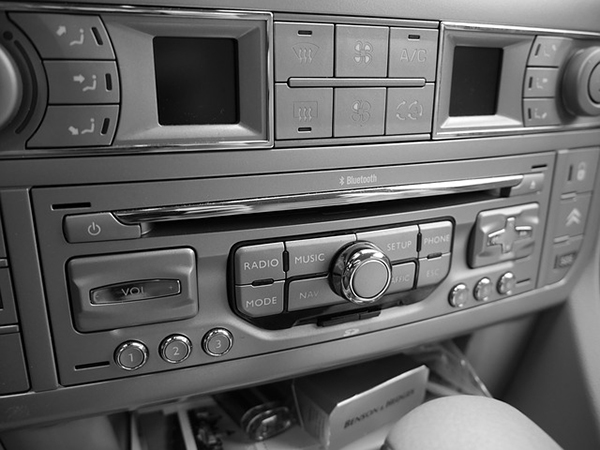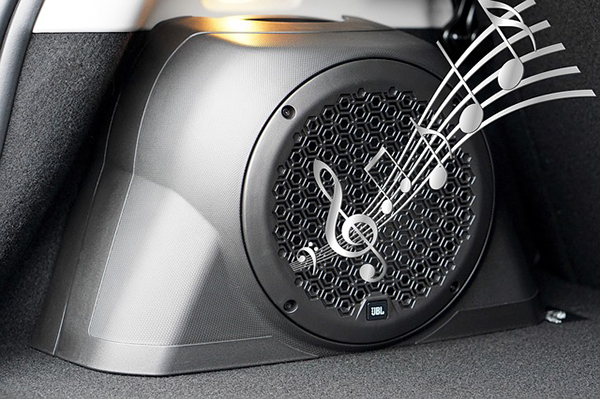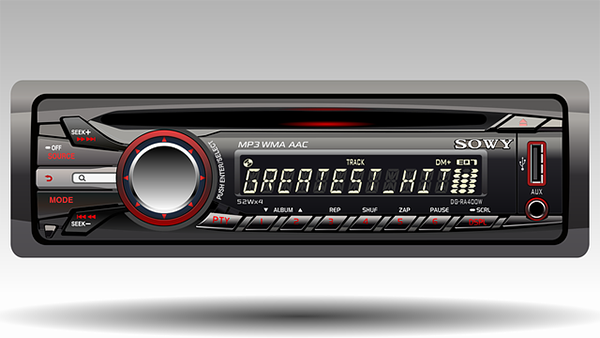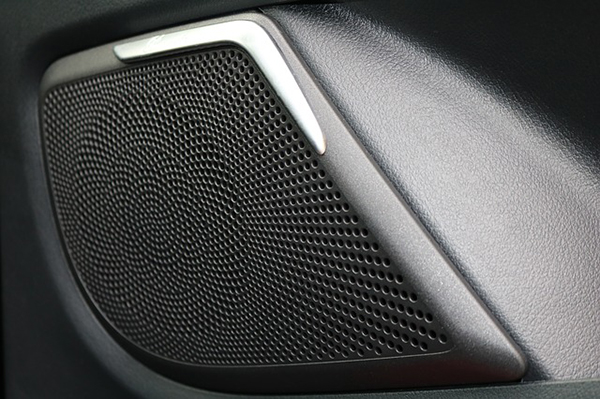How to Tune a Car Amp to Get the Best Sound
When you really want to take your music enjoyment to the next level in your car, you'll install all new equipment, including an amplifier. The amplifier helps control the audio signals, sending more powerful sounds to your speakers and subwoofers. Having an amp installed, though, does not mean it will sound great right out of the gate. You might not hear anything, or it might sound disappointingly muddled. This may be because it hasn't been correctly tuned yet. So, whether you're considering a new amp or you had one installed, here's what you need to know for how to tune a car amp.
Why Should You Tune Your Car Amp?

image source: pixabay
Before you look into how to tune a car amp, you might have the question of why you even need to tune the amp? After all, it should just sound great as soon as you set it up, right? You don't need to tune headphones or anything else, right?
Well, that's not entirely true. You can alter the audio profile of any device you're using, and even many headphones come pre-tuned. Beats headphones, for example, are tuned to produce extra bass. So if you want your car amp to sound its best, you'll need to tune it.
Important Tips To Remember While Tuning
Before you continue with how to tune a car amp, there are a handful of specifics you need to keep in mind ahead of time (and while you're tuning the system). Mostly, you need to know a few terms which you will see on the amplifier.
RMS Power
This is the amp's continuous amount of power (and also the average wattage of power generated over a set period). It is important to keep RMS power in mind when setting the amount of wattage to different speakers. You don't want to try and overproduce the wattage, otherwise you'll end up blowing out different elements on the system or the amp's own surge protector may blow out.
Gain
This is your ability to adjust the input sensitivity in order to match the input of the amp. When the gain correctly matches the amp, you'll cut out haze and distortion from your audio. Making sure that the gain is matched also helps you avoid damaging your speakers.

image source: pixabay
Frequency
This is the overall pitch of the speakers (the sound the speakers produce). It is important to know the high and low rage capability of your speakers so you can adjust accordingly.
Low-Pass And High-Pass Filters
These filters handle signals that are both lower and higher than what the minimum frequency is. When you set the high-pass filter, this will set a minimum frequency the amp will send to your speaker and sub system. When choosing the low-pass, this sets the max frequency the amp will send to the system.
The filter you select is typically based on the speaker system you have. If you have smaller speakers, you usually want to use the high-pass filter. If you have a large speaker system, you'll typically want to use the low-pass filter (some amps will have these abbreviated as LPF and HPF).
You don't need to enable any of the filters if you don't want. As you go through the steps of how to tune a car amp, you'll find that you can just have the amp produce a full selection. You may want to tinker with these settings after you hear what each sounds like.
How To Tune A Car Amp To Get The Best Sound
Now that you have the basic information regarding your car's amp, you are ready to begin learning how to tune a car amp.
Setting the System
You need to turn off the stereo, and you might as well just turn the car off until you're ready to go. Then disconnect all the cables running into the amp. Now, turn the stereo of the car on and set the volume to full. Do not have music playing; otherwise you'll blow out your ears. If some speakers are connected to the stereo system and you're exclusively using the amp for your subs, you'll want to disconnect the speakers before attempting this step.
Now that you have located what maximum volume is on your stereo receiver, set it down to 80 percent and then adjust the system's equalizer to flat. Now, return to the amp and adjust both the gain and the bass boost to zero. You'll also want to set the crossover filter to either "Off" or "Full".

gif source: giphy
Connecting The System
The next step in how to tune a car amp is to plug the red and white RCA cables into the amp channel you want to tune. You probably have more channels on the amp than you do on your speakers, so be sure to select the desired input channel.
With the RCA cables plugged in, play music on your car stereo and turn the gain up slowly until you begin to hear some distortion. Come back down on the gain until all the distortion is gone. This will set the base gain of the channel.
Tuning The Frequencies

image source: pixabay
You'll now want to set the crossovers and filters of the amp. If you have mid-sized speakers designed to cover all the frequencies, adjust the filter to "Full" or "Off." For the subwoofer you'll want to choose the low-pass filter. If you have a second subwoofer, you'll want to set this onto the high-pass filter.
If you are adjusting the speakers, the speakers are not running off of the car's stereo, and want to use the high-pass filter, you will now need to turn the frequency dial all the way down to the lowest frequency for the level the speakers are rated for. If, on the other end, you're using a low-pass filter to tune something such as a subwoofer, set the highest frequency for the speaker for what it's rated.
You will want to have this information on hand and not just try to guess at it. The user manual will tell you everything you need to know about, or you can check the manufacturer's website.
Bass Boost
If you want to go the way of the Beats headphones and implement a bass boost on everything you play, no matter what kind of audio you're playing, you'll need to follow these instructions for how to tune a car amp.
Begin by turning down the gain. Now you need to adjust both the gain and bass boost together. Don't just turn both of them all the way up. Doing so will mean you end up with a distorted bass that is nothing but a muffled thump. You've probably heard car stereos drive by you that sound like this.
Adjust both together until you begin to hear distortion. From there, turn the bass boost and gain down together until the distortion is gone. Once you have finished this, you'll want to return to your car stereo and adjust it to 80 percent of its maximum and then increase the gain until you begin hearing distortion. Dial it back until the distortion is completely removed.

image source: pixabay
After you have done this, you'll want to turn the radio down to zero and, while music is playing, slowly increase the volume on the radio until either you hit 80 percent or you hear any kind of distortion (whichever comes first).
Depending on your speaker and subwoofer setup, you may need to repeat this process for individual speakers (such as if you have specific speakers designed to handle all the bass). Again, do not just turn the subwoofers all the way up to the maximum level. You'll end up damaging the bass, the speaker will rattle, and all this will reduce the quality of your audio.
Sound Adjustments
Now that you have the amp tuned and ready to go, you can go into the stereo receiver of your system and adjust it to match your listening needs. So whether you want to increase the high ends on your music or you want to alter the settings to better fit an acoustic sound in a concert hall over a bass heavy track recorded in a studio, you can do either. Most receivers will have pre-programmed settings you can take advantage of while listening.
Conclusion

gif source: giphy
After you have your car's amplifier installed, you'll need to know how to tune a car amp. This way, you'll be able to improve the overall quality of the audio you're producing, not just the sound intensity. It doesn't matter what the equipment or who you had install it; the amp will need to be fine tuned. While some specific techniques for how to tune a car amp may vary based on the amp itself, by following these tips you'll have a better understanding of what you need to do and how you should go about tuning all your car audio.



